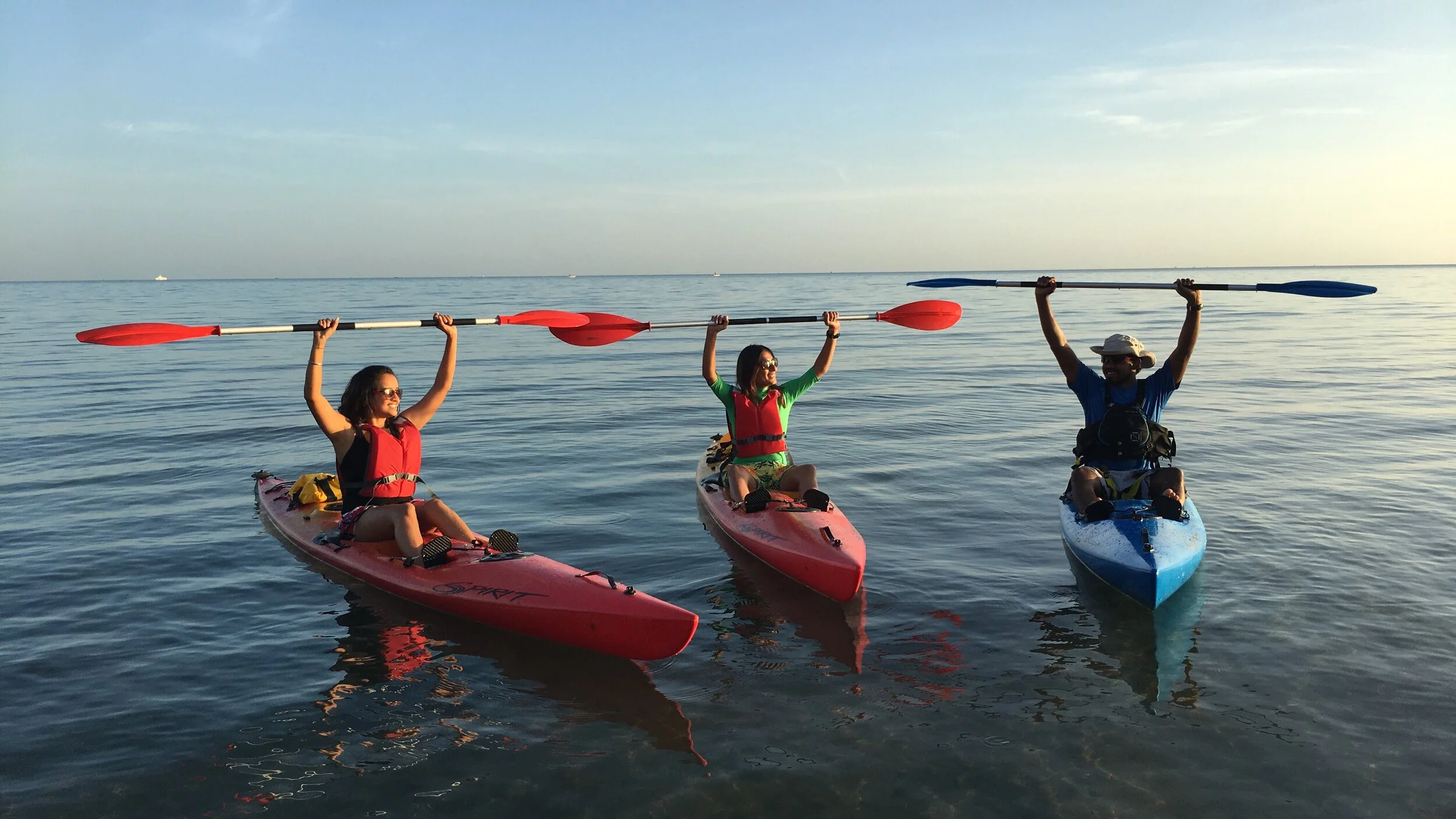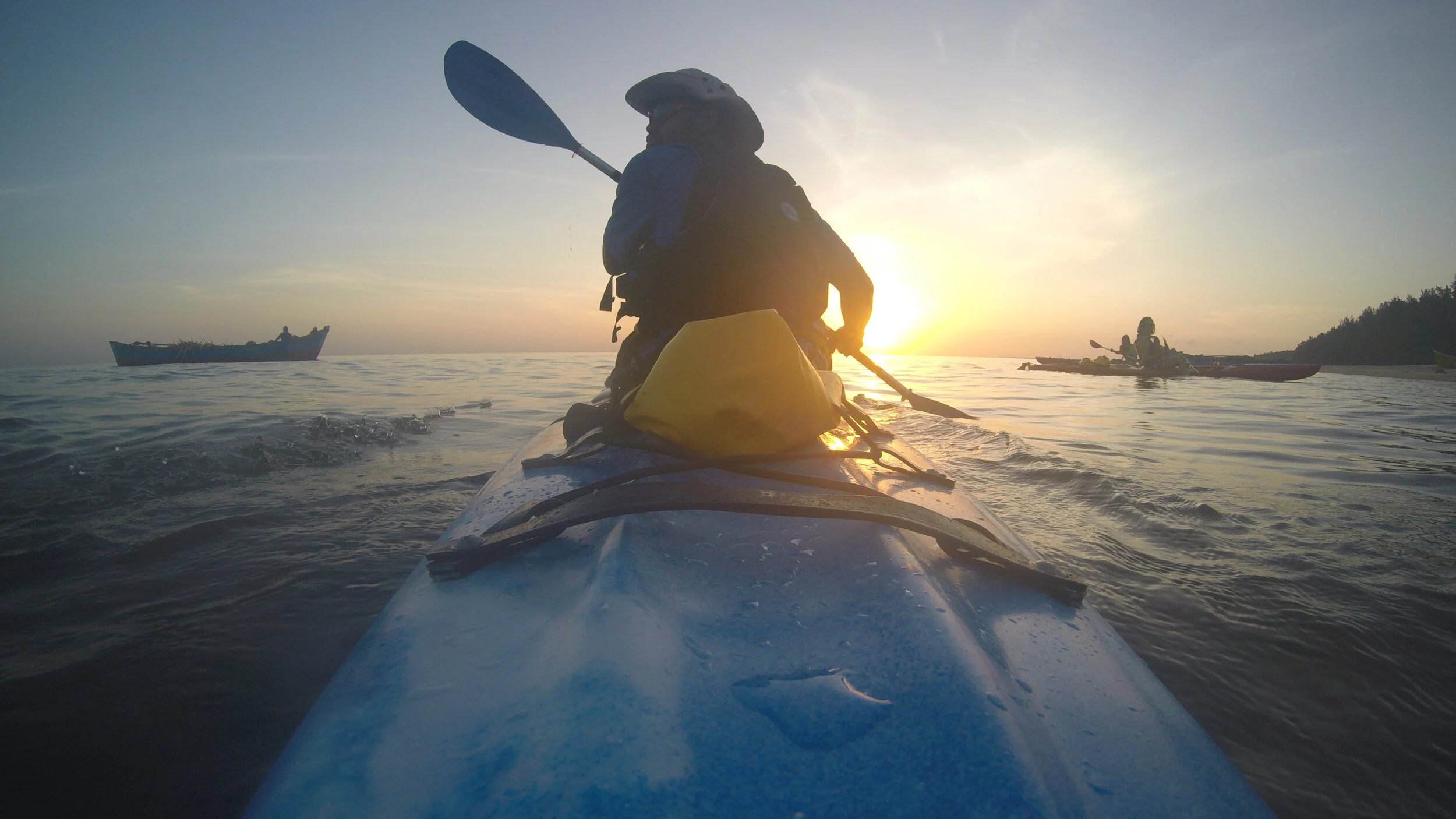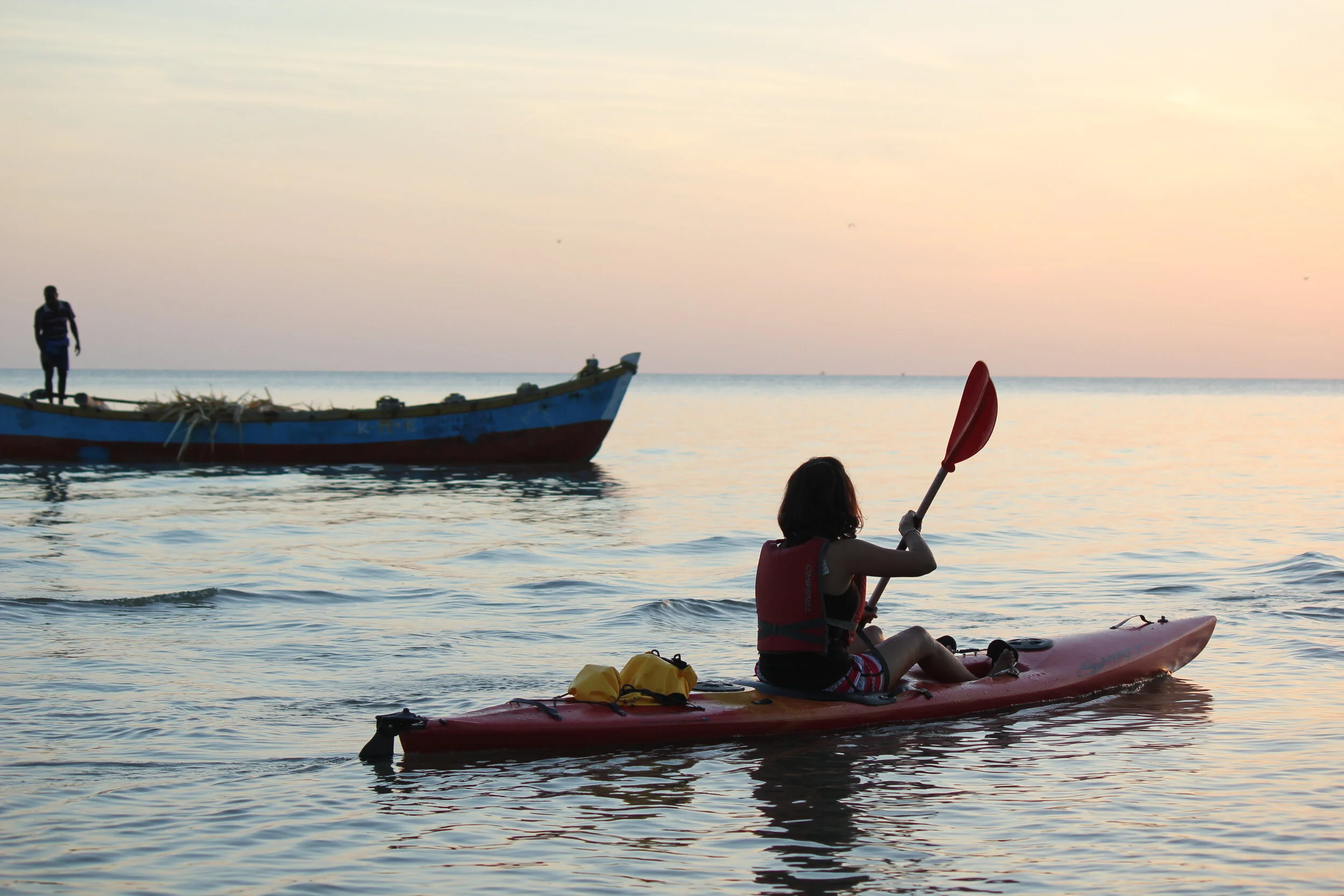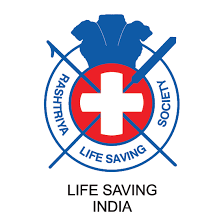How to Pack Light for your Outdoor Adventures
With 4,671 miles of coastline, 1,208 islands, 9 major rivers, and 104 national parks, India offers limitless opportunities for fun outdoor adventures. However, when you’re cycling along the coast, kayaking out to visit offshore islands, hiking along the Rajmachi Trail, or mountain biking around the Spiti Valley, you’ll have more fun if your backpack isn’t too heavy.
This is a basic guide to demonstrate how you can pack lightly for your outdoor adventures in India.
Photo by Cyrus Dastur | 4x4 truck which leads to Dhanushkodi, Lands End, Rameswaram, Tamil Nadu India
Make a list
When planning what you are going to pack, you have 2 simple aims. First, you must ensure you take everything you need for your outdoor adventure. Second, you must not take anything that you don’t really need.
Although this sounds like common sense, adventurers often find themselves lost in their kayak without a GPS unit, compass, or map of the area. Of course, exploring with an expert local guide or joining a kayak adventure tour would solve this issue. But, generally speaking, it’s always a great idea to have what you need for the adventure you plan to enjoy.
In order to do this, I make a list. I sit down with a pen and paper then brainstorm, writing down anything I can think of that I might need to take with me. Personally, I begin my list with 5 subtitles to help me focus my thoughts.
#1. Equipment
The first thing you’ll need is a bag to carry everything on your list. For most adventures, this will be a backpack. You’ll probably need an exterior-frame backpack capable of holding everything you might need for your outdoor adventure.
If you’re going camping, you’ll likely need a tent and sleeping bag, unless your adventure allows you to stay in hostels, hotels, or tents provided by your local guide. For other activities, you may need specialist equipment, such as a diving watch/computer for scuba diving or a waterproof box to keep your cell phone safe in a kayak. And you’ll definitely want a camera to record your adventures. Perhaps you’ll need binoculars for birdwatching on the islands or along the coast. If you’re participating in an organized trip, ask the tour operator for suggestions about what you might need to bring.
#2. Vital items
For some adventurers, what they pack is literally a matter of life and death. For example, if you suffer from allergies then you should pack an EpiPen to save your life in the event of an anaphylactic shock. People with serious medical conditions must pack any necessary medication.
Vital items to take also include any essential travel documents and identification papers, such as your driver’s license and passport. You’ll probably also need bank cards to pay for any expenses. All such items must be carried in a secure location, such as in a money belt. Seek advice from your local guide about how much cash you should pack if any.
#3. Clothes
The clothes you decide to pack will depend upon 3 factors. First, whereabouts in India you’re going. Second, what you plan to do when you get there. And, third, what time of year you’re going.
Because India is such a vast country, there is a wide range of climates and weather conditions. If you’re planning to hike around Himachal Pradesh in winter then you can expect to see snow. If you’re kayaking around the Gulf of Mannar in summer, expect to be hot.
Generally, you’ll need clothes suitable for warm weather conditions. A sunhat will protect you from strong sunshine. And sunglasses may be necessary. Again, ask local guides what they recommend before you pack.
Take clothes suited to the activities you plan. For hiking, long-sleeved hiking shirts will be better than regular T-shirts. If you plan adventures along India’s beautiful coastline, include clothes suitable for water sports, such as swimwear and waterproof footwear.
#4. Toiletries
For hot areas, you should ensure you pack plenty of sunscreen and bug spray. Purchase environmentally friendly brands where possible. You may need baby wipes for traveling with kids, and diapers will be essential for babies.
Don’t forget your toothbrush and hairbrush. You can, of course, purchase any of these items in India. However, if you have favorite brands or are allergic to some products, you would be safer bringing them with you.
#5. Food & drinks
When you’re setting off on long hikes or adventures in remote areas, you may need to take your own food and the means to prepare it. When hiking with kids, healthy snacks are always a great idea. Local guides may be able to recommend safe places to eat so you can tuck into some delicious authentic Indian cuisine on your adventures and not need to carry so much food.
Wherever you’re going and whatever you’re doing in India, bottled water is a good idea to keep you hydrated. You can pack a 500ml reusable water bottle if the places you’re going can supply drinking water.
Pack
Once you’ve completed your list, check it through and ensure that everything is essential for your adventure. You won’t have much fun if your back is constantly hurting from the weight of the 10 fantasy novels you decided to pack instead of a Kindle.
Gather the items from your list. Lay them all out on a flat surface so you can visualize how you’re going to pack them into your backpack. Check that your backpack is empty, dry, and clean. As you pack each item, cross it off your list. This will prevent omissions and duplicates.
Pack in the following order…
Heavy items
Heavy items can crush more fragile items and also unbalance your backpack. Pack them first and ensure that your backpack is well balanced to make it more comfortable to carry.
Emergency items
Items such as a First Aid Kit or emergency medication for a specific medical condition must be packed somewhere where they are easily accessible. For example, a side pocket of your backpack or on top of everything else inside.
Frequently used items
Items you’ll often use should also be packed somewhere easily accessible. However, emergency items should be prioritised.
Some frequently used items can be carried outside of your backpack. For example, some bug sprays are sold with a holster so they can be attached to your belt and binoculars can be hung around your neck on a strap.
Fragile items
Anything easily broken should be high up in your pack and preferably protected inside a case or padding. Items such as your Kindle or iPad can be placed in special pockets in some backpacks. Otherwise, consider wrapping them in your spare clothes to help keep them safe from damage.
Anything else
The rest of your items simply go on top of your heavy items but below fragile items. Ensure that anything that might melt or leak is sealed properly. Placing items that could potentially leak inside a ziplock bag will help prevent disasters. Remember that in really hot areas, items like chocolate that you usually carry around back home will be more problematic. The last thing you want is chocolate all over your white T-shirt when you arrive at camp!
Time for your adventure in India!
With everything you need safely packed away in your backpack, you’re ready for an adventure in India. Just remember to stay hydrated and have fun!


















Why SEA Kayaking Tops the List
India, with its diverse landscapes and rich aquatic ecosystems, has become a hotspot for adventure sports. From the lofty Himalayas to the serene backwaters of Kerala, adventure seekers have countless options to explore. Among these, kayaking has emerged as one of the fastest-growing adventure sports in India, captivating thrill-seekers and nature enthusiasts alike. Here’s why kayaking is making waves and why it should be on your bucket list.